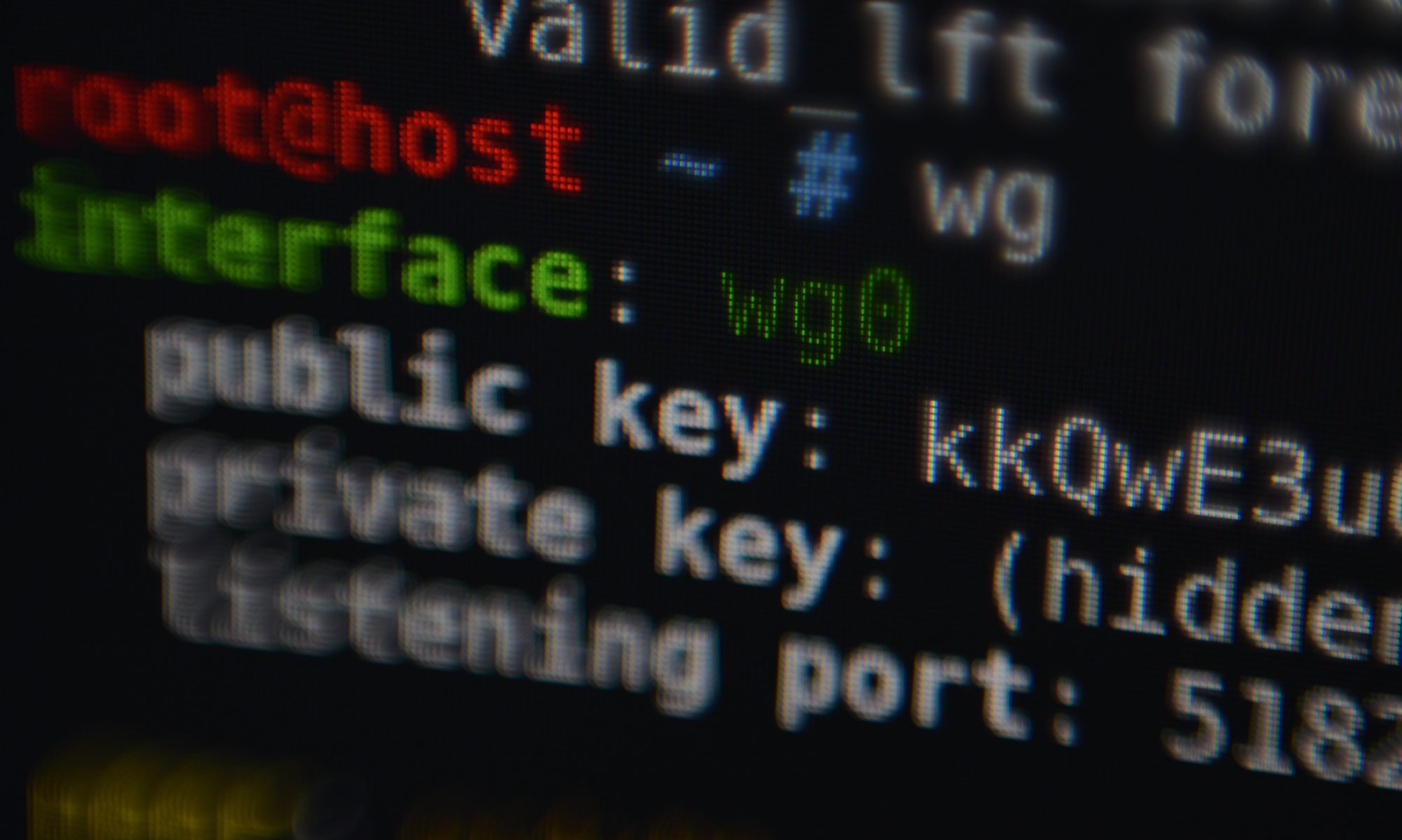This post shows how to debug early (pre-decompression/pre-relocation) initialization code of an ARM (Aarch32) Linux kernel. Debugging kernel code is often not needed and anyway rather hard due to the interaction with real hardware and concurrency in play. However, to watch, read and learn about early ARM initialization code, debugging can be really useful. Early Initialization is running without concurrency anyway, so this is not a problem in this case.
Before starting, I assume you have a working ARM cross compile environment, a compiled kernel and Qemu at hand. Make sure to compile the kernel with debug symbols (CONFIG_DEBUG_KERNEL=y and CONFIG_DEBUG_INFO=y). I use the following arguments to start Qemu:
$ /usr/bin/qemu-system-arm -s -S -M virt -smp 1 \ -nographic -monitor none -serial stdio \ -kernel arch/arm/boot/zImage \ -initrd core-image-minimal-qemuarm.cpio_.gz \ -append "console=ttyAMA0 earlycon earlyprintk"
Especially the arguments -s -S are notable here, since the former makes sure Qemu’s built-in debugger is available at port 1234 and the latter stops the machine. This now allows to connect to Qemu using gdb. I use the gdb from my ARM cross compiler toolchain. Once I have a gdb prompt, lets immediately enable gdb’s automatic disassembler on next line before connecting:
$ arm-buildroot-linux-gnueabihf-gdb ... (gdb) set disassemble-next-line on (gdb) show disassemble-next-line Debugger's willingness to use disassemble-next-line is on. (gdb) target remote :1234 Remote debugging using :1234 0x40000000 in ?? () => 0x40000000: 00 00 a0 e3 mov r0, #0
Continue reading “ARM Linux Kernel early startup code debugging”
